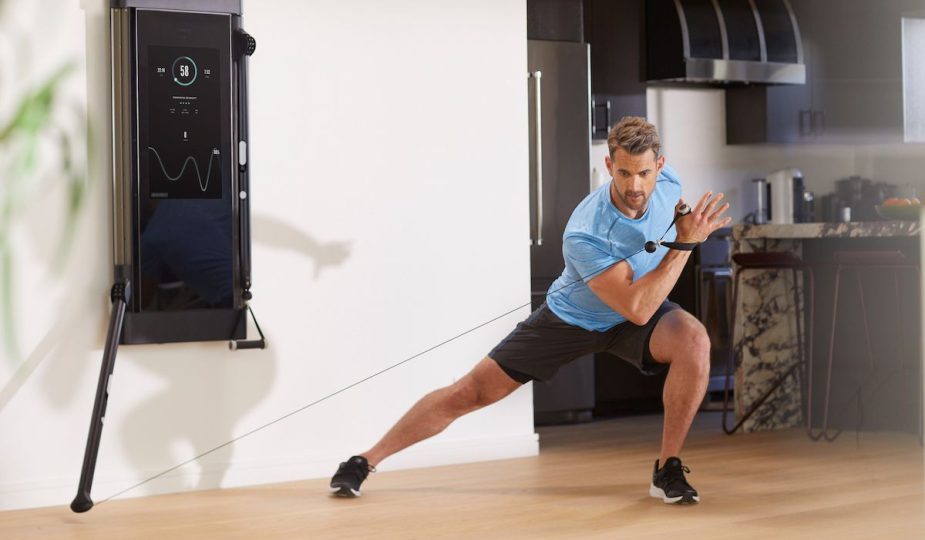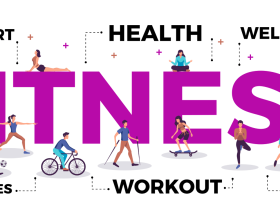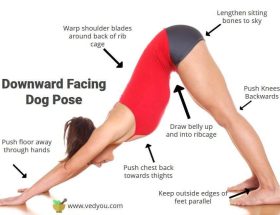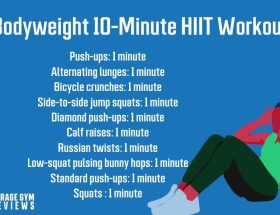In today’s fast-paced and technology-driven world, stress and anxiety are common problems that many people face. From work deadlines to family responsibilities, it’s easy to feel overwhelmed and bogged down by the pressures of daily life. However, one powerful tool that can help manage and reduce stress and anxiety is exercise.
Physical Benefits of Exercise on Stress and Anxiety
Exercise has numerous physical benefits that can directly impact stress and anxiety levels. When you engage in physical activity, your body releases endorphins, which are chemicals that act as natural painkillers and mood elevators. This can help reduce feelings of stress and anxiety and promote a sense of well-being.
Regular exercise can also improve your overall physical health, which can have a direct impact on your stress levels. Physical activity can help lower blood pressure, improve cardiovascular health, and boost your immune system, all of which can help reduce the negative effects of stress on your body.
Emotional Benefits of Exercise on Stress and Anxiety
In addition to the physical benefits, exercise can also have a significant impact on your emotional well-being. Engaging in regular physical activity can help boost your self-esteem and confidence, which can be a powerful tool for managing stress and anxiety.
Exercise can also provide a distraction from the stressors in your life. When you’re focused on your workout, you’re less likely to dwell on negative thoughts and worries, which can help reduce feelings of anxiety and improve your overall mood.
Types of Exercise That Can Help Manage Stress and Anxiety
There are many different types of exercise that can be beneficial for managing stress and anxiety. Cardiovascular activities like running, biking, or swimming can help get your heart rate up and release endorphins, while strength training exercises can help improve your physical health and promote a sense of accomplishment.
Yoga and Pilates are also excellent options for managing stress and anxiety. These mind-body practices focus on breathing, mindfulness, and stretching, which can help calm the mind and reduce feelings of stress and anxiety. In fact, studies have shown that yoga can be as effective as medication in treating anxiety and depression.
Tips for Incorporating Exercise Into Your Routine
If you’re looking to use exercise as a tool for managing stress and anxiety, here are some tips for incorporating physical activity into your daily routine:
Schedule regular workouts: Aim to exercise at least 30 minutes a day, five days a week.
Choose activities you enjoy: Find exercises that you like and look forward to, whether it’s dancing, hiking, or playing a sport.
Start small: Don’t feel like you have to jump into a strenuous workout routine right away. Start with small, manageable goals and gradually increase your activity level over time.
Stay consistent: Consistency is key when it comes to reaping the benefits of exercise for stress and anxiety. Make physical activity a priority in your daily schedule.
Conclusion
Exercise is a powerful tool for managing stress and anxiety. With its physical and emotional benefits, regular physical activity can help reduce feelings of stress, boost your mood, and improve your overall well-being. So next time you’re feeling overwhelmed, lace up your sneakers and hit the gym – your body and mind will thank you.
Remember, exercise is just one piece of the puzzle when it comes to managing stress and anxiety. If you’re struggling with severe or chronic anxiety, it’s important to seek professional help from a therapist or counselor.







